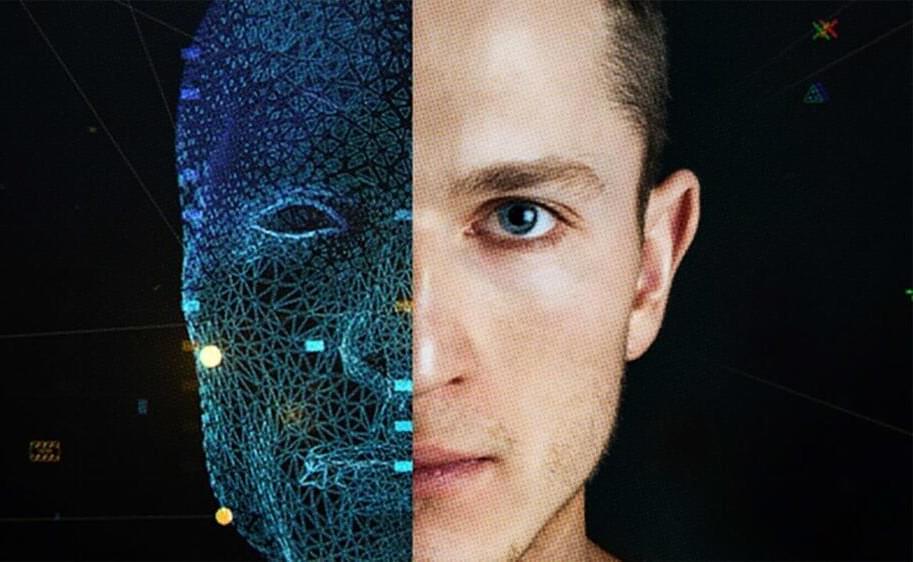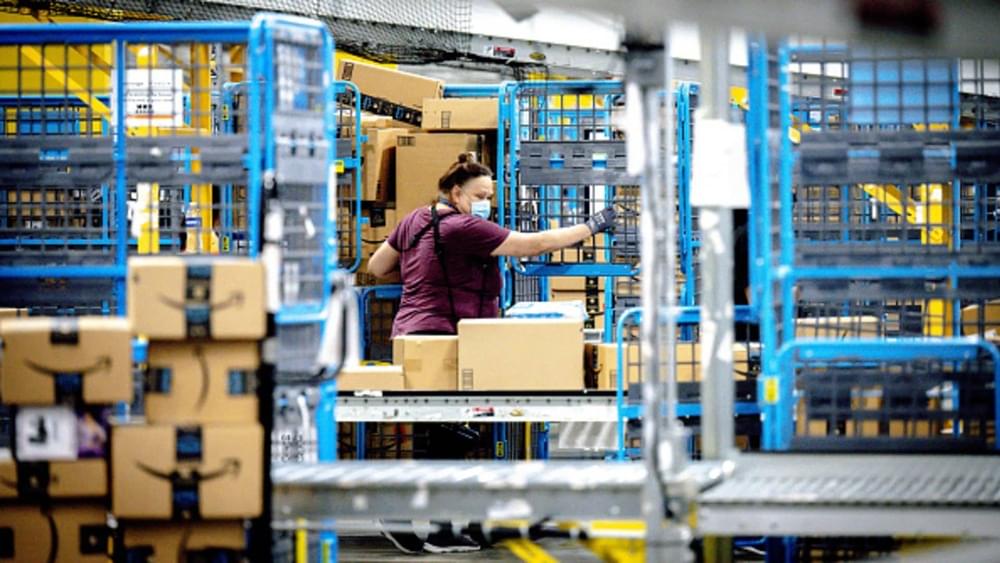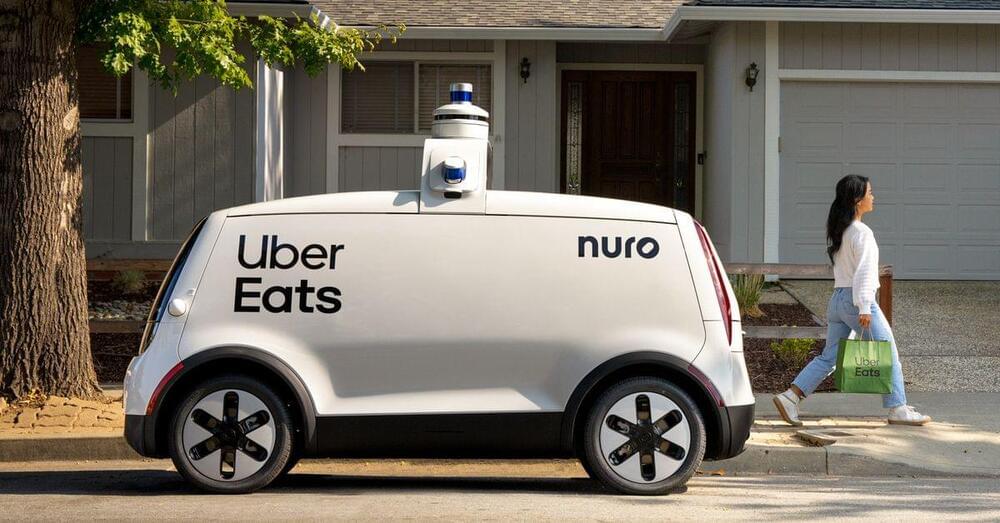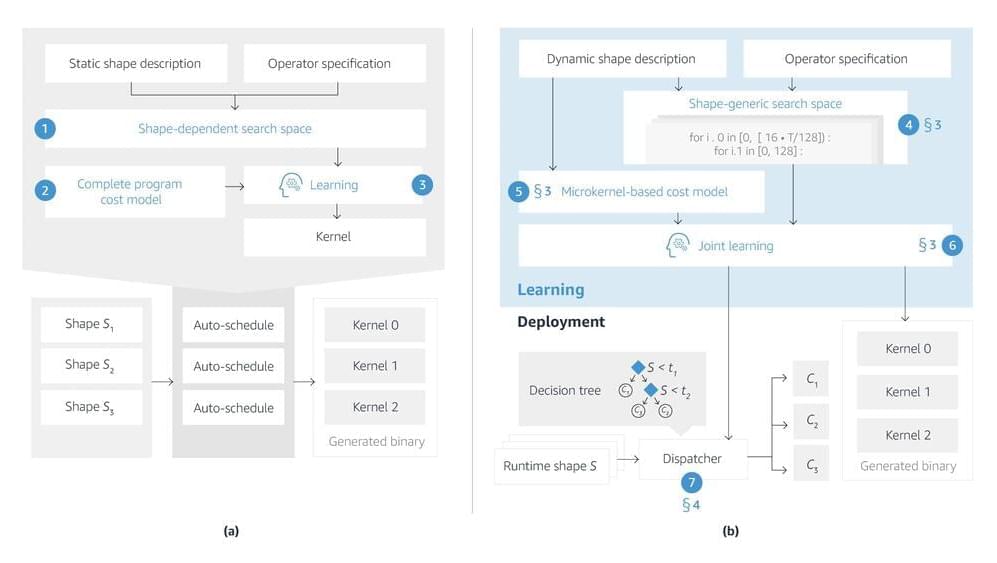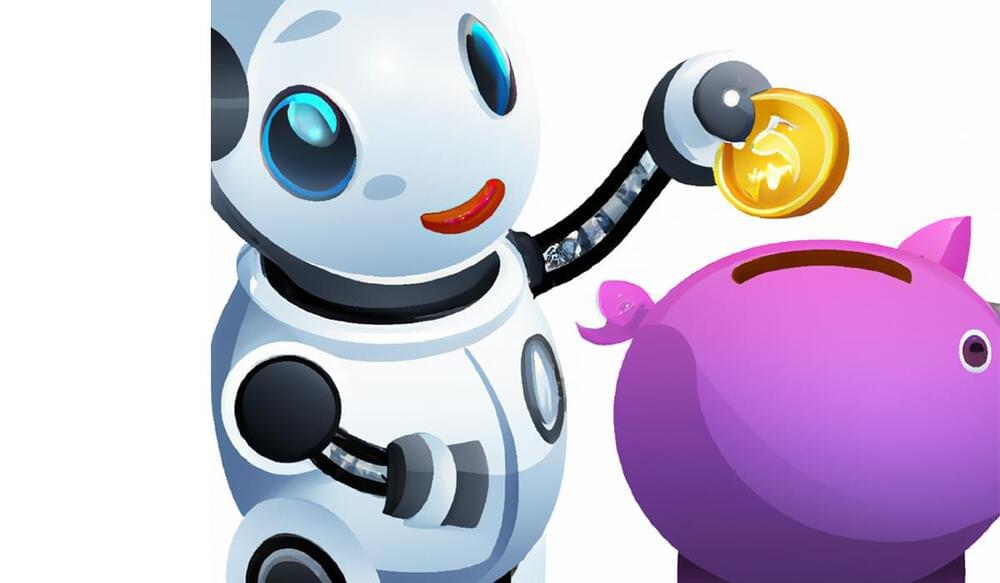The research is still a ways away from helping people who can’t communicate through speech.
An artificial intelligence can decode words and sentences from brain activity with surprising — but still limited — accuracy. Using only a few seconds of brain activity data, the AI guesses what a person has heard. It lists the correct answer in its top 10 possibilities up to 73 percent of the time, researchers found in a preliminary study.
The AI’s “performance was above what many people thought was possible at this stage,” says Giovanni Di Liberto, a computer scientist at Trinity College Dublin who was not involved in the research.
Developed by Facebook’s parent company, Meta, the AI could eventually be used to help people who can’t communicate through speech, typing or gestures.


